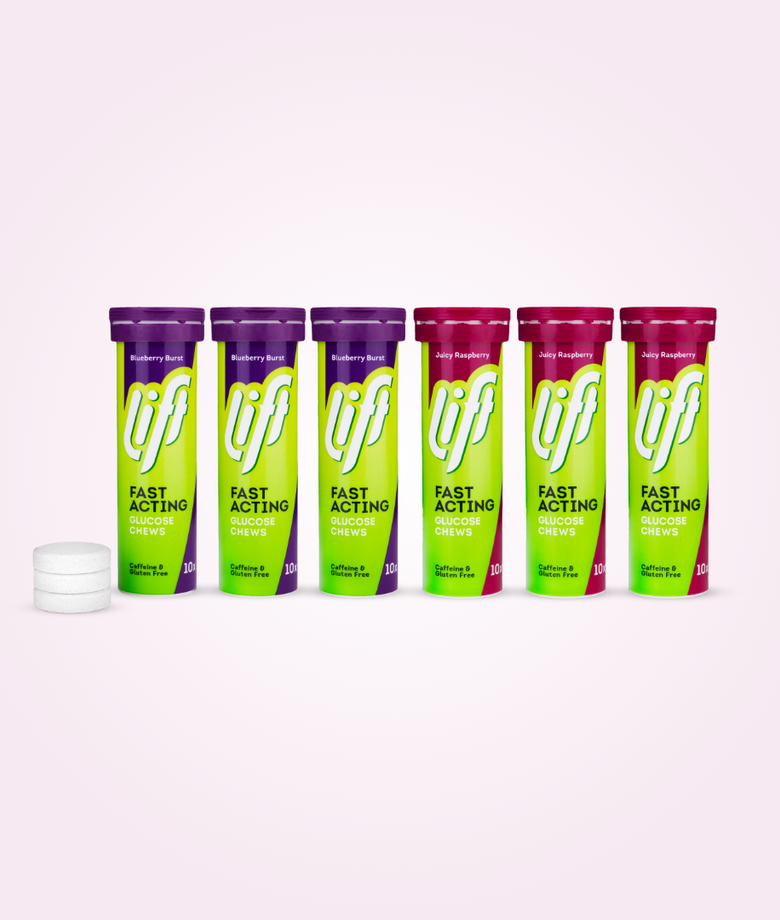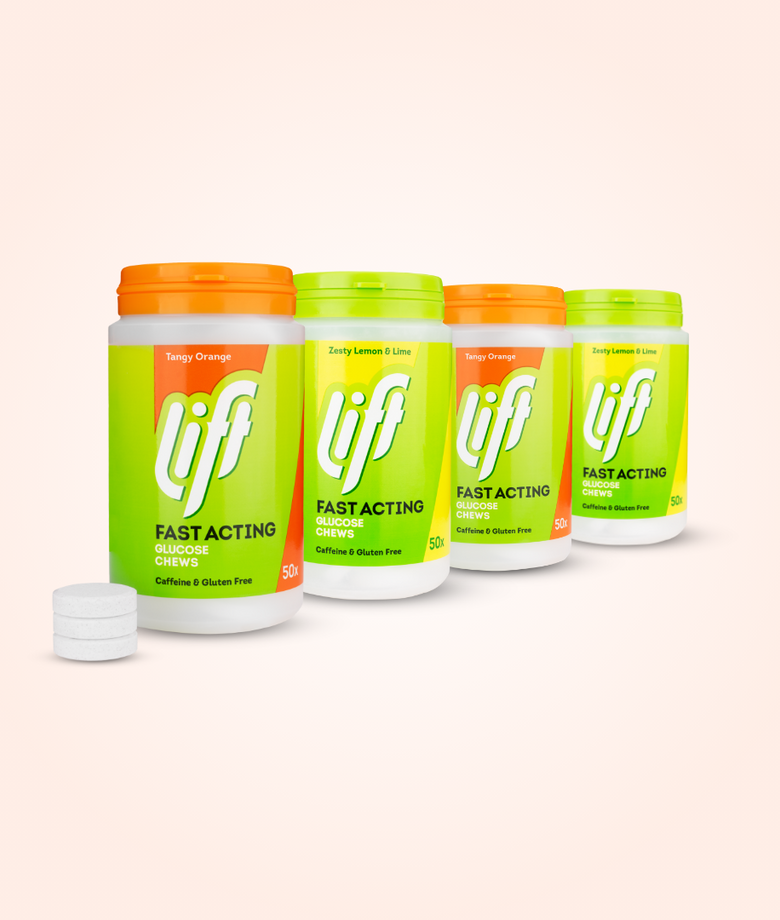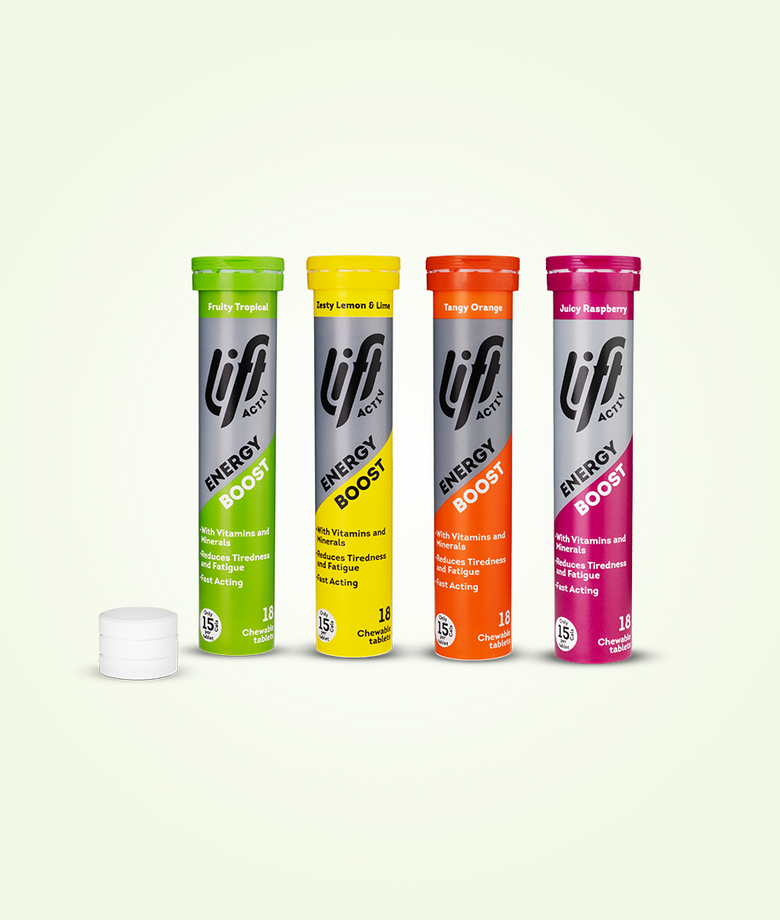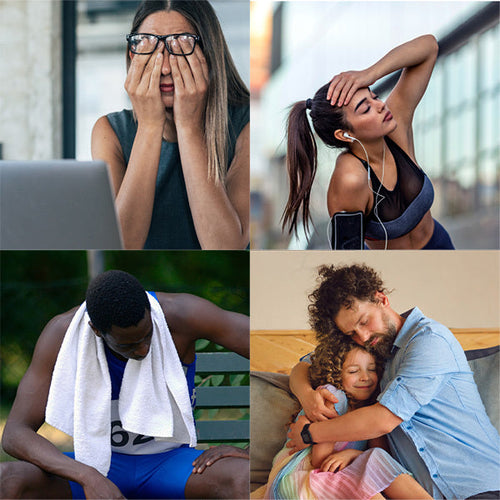How do I know I have hypoglycaemia?
Hypoglycaemia is a potentially dangerous medical condition caused by low blood sugar, also known as low blood glucose. This happens when the level of sugar in your blood drops below 4 mmol/L.
This condition is most common in people with diabetes, especially those who need to regulate their blood sugar using insulin. However, it is also possible for people who don't have diabetes to experience symptoms of low blood sugar.
Common causes of hypoglycaemia include skipping meals, eating less than normal, as a result from certain types of medication, or exercising more than usual. Severe, untreated hypoglycaemia can be life-threatening if not treated quickly, but it is usually easily treatable using glucose supplements, sweets or sugary drinks.
How do you know if you have hypoglycaemia?
The best way to find out if you are suffering from low blood sugar is to carry out a blood test. This test measures the amount of sugar (glucose) in the blood. We get most of our energy from glucose which is a type of sugar we get from the foods we eat.
Our glucose level drops as we use more energy, during exercise or physical activities, and rises again after we eat. Typically, a healthy person’s glucose level ranges from 5.0 – 7.2 mmol/L. If this level goes below 4.0 mmol/L the body may not have enough energy to function properly.
This can cause several complications as the body struggles to get the fuel it needs. Confusion, shakiness, rapid heart rate, and anxiety are common symptoms to look out for at this point. The symptoms of hypoglycaemia can manifest quickly and without warning, so it is important to be able to identify them. They can also change over time due to changes in medication or lifestyle.
Check the blood sugar level with a glucometer if you or someone around you experiences any of the signs below. If one is not available you can immediately begin treatment by consuming some quick-acting carbohydrates such as a chocolate bar, fruit juice or glucose tablets. If you are still worried or symptoms get worse, please call 111.
Symptoms of Hypoglycaemia
The symptoms of hypoglycaemia are different for everybody. They range from mild to severe, depending on the amount of glucose available and the rate at which that level is decreasing. You may not feel any symptoms at 4.0 mmol/L, but people with mild hypoglycaemia may experience the following:
- Dizziness or light-headedness
- Blurred vision
- Hunger
- Feeling weak, sleepy, or tired
- Headaches and sweating
- Confusion or disorientation
- Appearing to have pale skin or feeling cold/clamminess
- Trouble concentrating
- Rapid or irregular heart rate
Symptoms of severe Hypoglycaemia
These symptoms often get more severe the lower the blood sugar level goes. When it goes below 3.0 mmol/L, individuals may experience severe hypoglycaemia which can be very serious and even life-threatening. People with severe hypoglycaemia may experience the following symptoms:
- Mood swings or changes in personality
- Body tremors or trembling
- Nausea, vomiting, abdominal discomfort
- Becoming cranky, argumentative, or combative
- Numbness of the tongue, lips, or cheek
- Seizures or convulsions
- Loss of consciousness or coma
Check your blood sugar levels or call the 111 NHS helpline if you experience any of the above symptoms, even if you don’t have diabetes. Learn to watch out for early signs, such as wooziness, to improve response time if your blood sugar keeps dropping.
How can I treat low blood sugar myself?
Since hypoglycaemia occurs as your blood sugar levels drop, you can treat it right away by introducing some sugar into your blood. This can be in the form of fast-acting carbohydrates such as glucose tablets, some candy, or a glass of fruit juice.
To avoid raising their blood sugar too high, people with diabetics should always check their glucose levels before and during treatment. You can follow these steps if you experience symptoms of hypoglycaemia or your blood sugar is less than 70 mg/dL.
Consume:
Handy foods with approximately 15 grams of carbs include a slice of bread, a small yoghurt, a banana, an apple, a glass of fruit juice or 4 Lift glucose tablets.
Wait for 15 minutes:
The body does not absorb these sugars instantaneously and it may take up to 15 minutes before you start seeing results. You can check your blood sugar again after 15 minutes to see if it rises above 4.0 mmol/L.
If it's 4.0 mmol/L or above and you feel better, you can stop the treatment. If not, you can take another 15 grams of carbs and continue the process until you see results.
Eat a balanced meal:
Follow the treatment with a balanced meal as soon as possible to prevent a relapse. The body benefits most from having a balanced diet containing plenty of carbohydrates as well as other essential nutrients.
Monitor your sugar level
In most cases, you will not need to get any medical help if you are feeling better. However, you should contact your doctor if you experience these symptoms often or if your symptoms change.






